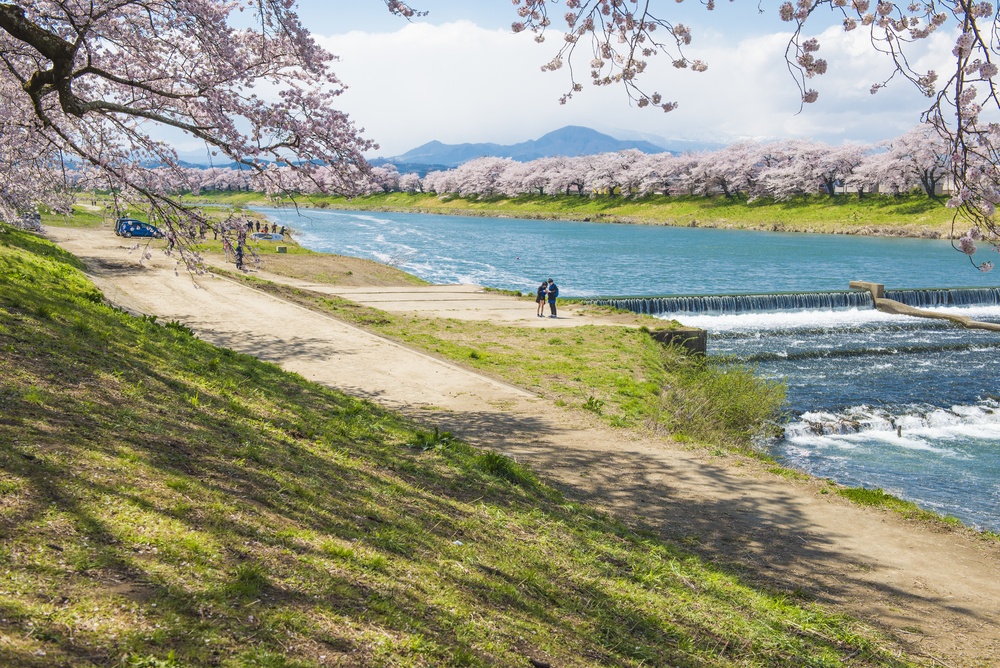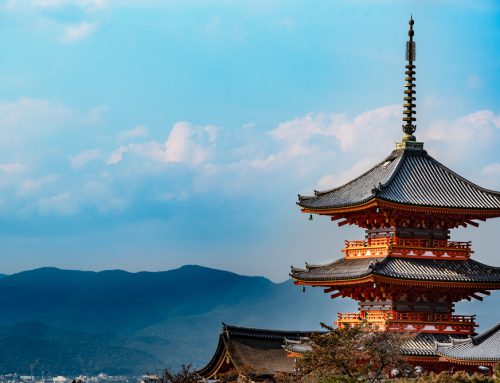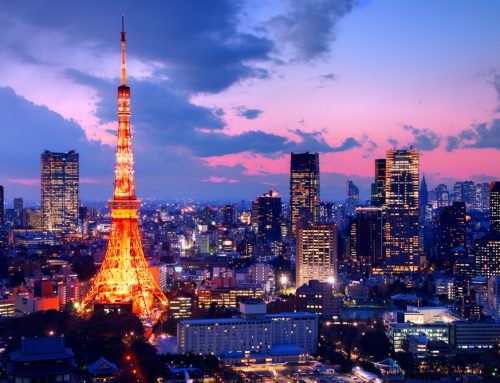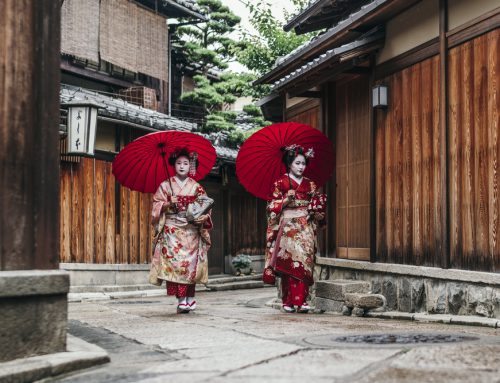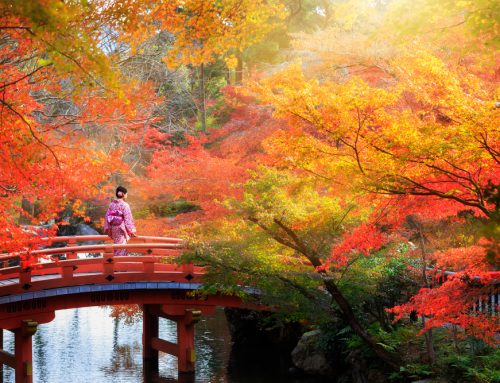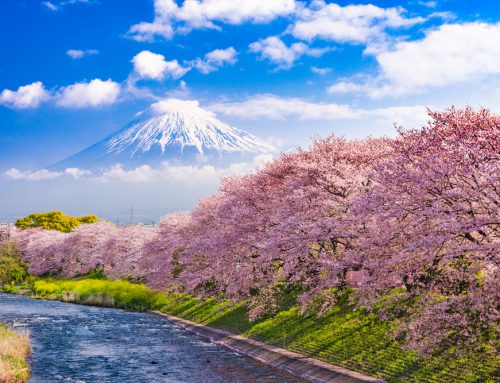Sendai is Tohoku region’s largest metropolis, founded by feudal lord Date Masamune in 1600. Today, many of the city’s popular attractions and important landmarks are associated with the Masamune clan.
How to get there
I got on a JR Tohoku Line Shinkansen from Tokyo Station to Sendai. The journey took about two hours and was entirely covered by my Japan Rail Pass.
How to get around
An economical way to get around the different attractions in Sendai is by purchasing a Loople Sendai Pass. A one-day pass costs 600 yen, and it can take you to all the tourist spots around the city.
I bought my pass at a booth by the bus stops outside Sendai Station, and waited for the retro-styled bus at stop number 16.
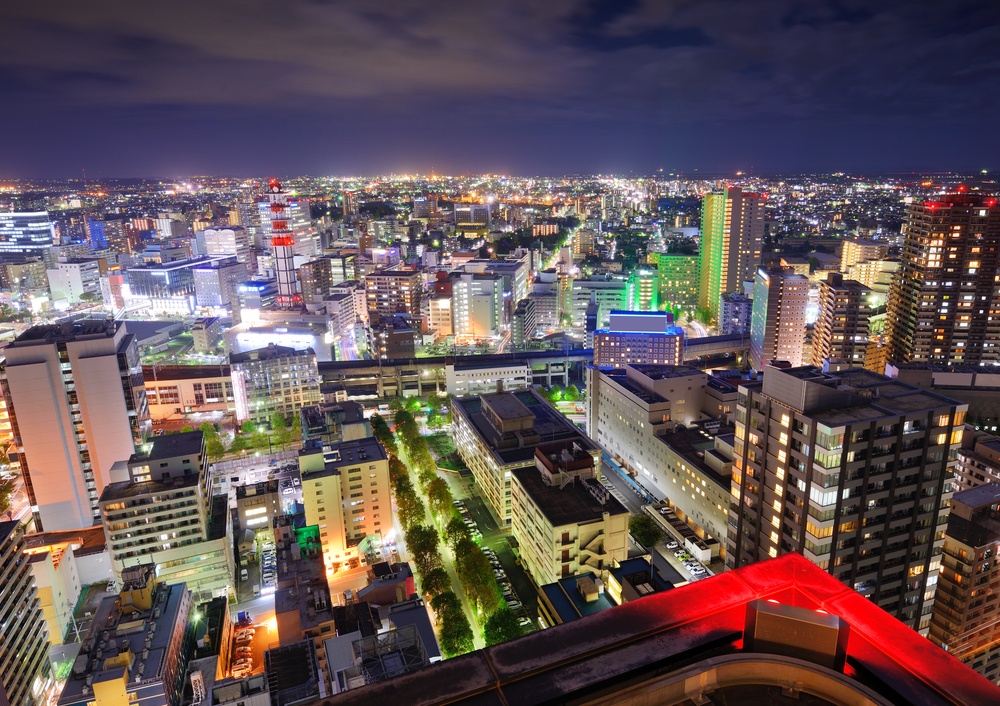
What to see
Zuihoden Mausoleum
Zuihoden Mausolem serves as the final resting place of one of Japan’s most influential feudal lords, Date Masamune.
The complex engravings and woodwork on the structures in the complex were enhanced by bright and vibrant hues and I found them to be quite impressive. I also spent a bit of a time exploring the garden, surrounded by tall cedar trees.
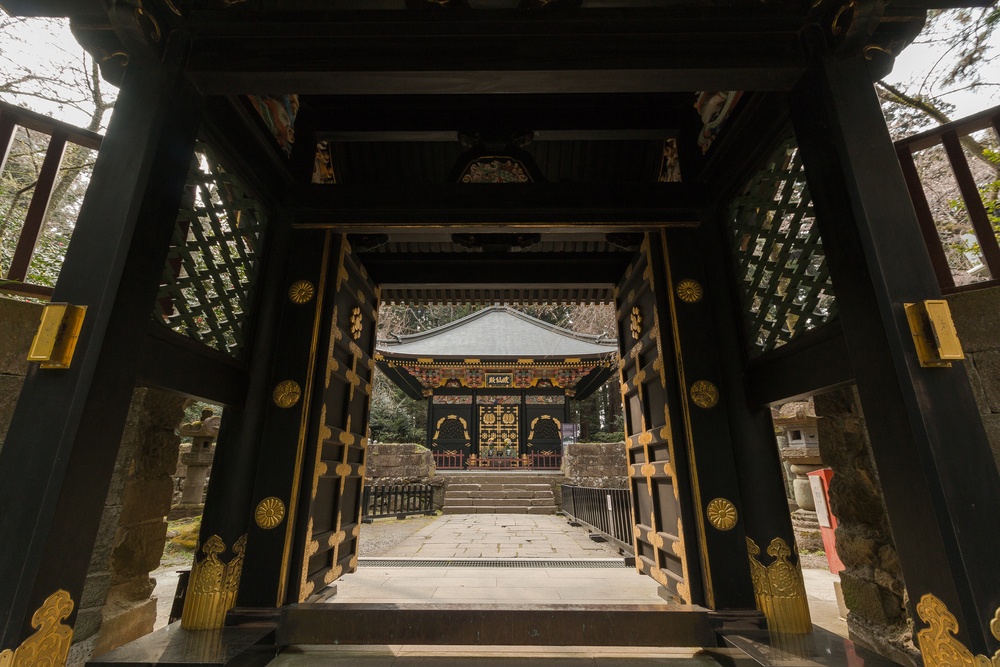
Aoba Castle
My next stop was Aoba Castle, which was constructed back in 1600 by Date Masamune. Today, only a few remains of the outer walls stand as the castle underwent some major tragedies through the centuries, a huge fire in 1882 and a bombing in 1945.
Right at the centre of the complex stands a statue of Masamune, in full armour, riding a horse. I thought it exuded a sense of authority, an appropriate memorial for a legendary leader.
And, because the site is situated on a hill, I also got a great view of central Sendai.
Osaki Hachimangu Shrine
A shrine dedicated to Shinto deity of war, Hachiman, Osaki Hachimangu was constructed in 1607 on Date Masamune’s orders.
I was fortunate to visit the shrine after recent renovations, so I was given the pleasure of looking at the strikingly impressive, vividly-coloured roofs and walls of the main hall and offering hall.
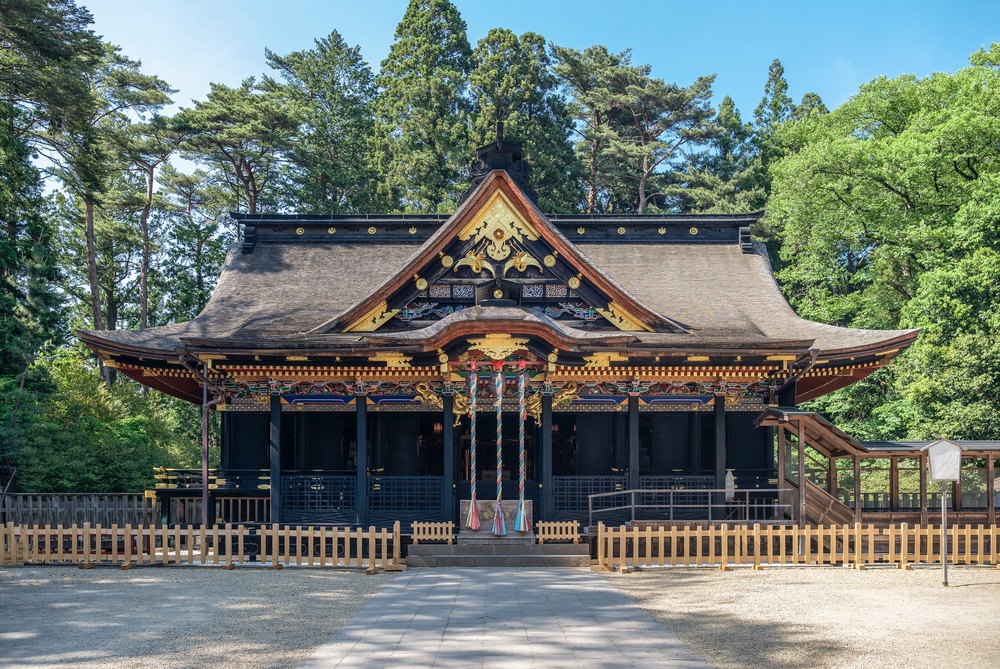
City Centre
Before it got dark, I decided to spend the remaining daylight hours in downtown Sendai.
Walking through the Ichibancho Arcade welcomed me to a long line of shops, stalls, and restaurants that offered various goods, fresh produce, and local cuisine.


